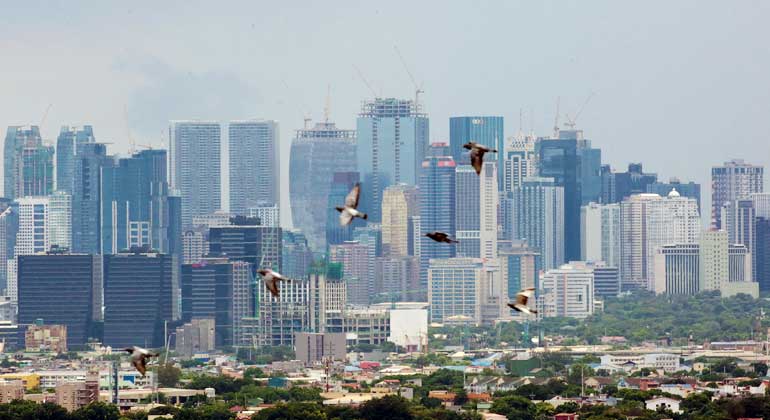Central bank relaxes limit to real estate lending

By Luz Wendy T. Noble, Reporter
THE central bank on Thursday raised the limits on real estate loans of big banks, a move which it says would unleash more than a trillion in liquidity for real estate lending to lift the economy amid the coronavirus crisis.
“The Monetary Board has increased the real estate loan limit of universal and commercial banks from 20% to 25%,” Bangko Sentral ng Pilipinas (BSP) Governor Benjamin E. Diokno told reporters on Thursday in a Viber message.
“The increase translates to additional liquidity for real estate lending amounting to around P1.2 trillion based on end-March 2020 numbers,” he added.
Under the amended rules, universal and commercial banks are now required to comply with a real estate loan limit of 25% of their total loan portfolio, net of interbank loans. Previously, the cap stood at 20% of the banks’ total loan portfolio.
The central bank said in a statement the measure “aims to support growth in productive sectors of the economy amid the COVID-19 situation, including real estate activities.”
The new rules state that big banks and their subsidiary thrift banks are required to comply with the real estate stress test (REST) limits once they assume 25% write-off of real estate exposures both on a solo and consolidated basis.
The BSP requires big banks with subsidiary thrift lenders as well as stand-alone thrift banks to have a minimum capital adequacy ratio and common equity Tier 1 ratio of 10% and 6%, respectively.
“Under the new guidelines, the methodology for computing a bank’s REST limits was revised to exclude residential real estate loans to individuals for own occupancy and foreclosed real estate property,” the central bank said.
“The REST limits are implemented as soft limits such that a bank may maintain exposures to real estate for as long as it is able to demonstrate ability to manage risks.”
Colliers Philippines Research Manager Joey Roy H. Bondoc said in a text message the central bank’s move will likely “prop up demand in the residential sector.”
Mr. Bondoc said take-up rates for condominiums have slowed down this year, with only 10,000 units sold in the first quarter against the 13,400 a year ago. Second-quarter figures may be bleak as real estate activity was at a standstill due to the lockdown in Metro Manila, he added.
“The record-high unemployment, slower BPO (business process outsourcing) and POGO (Philippine offshore gaming operators) expansion, dip in remittances, and closure of some businesses contributed to the slower take up in the condominium market,” he said.
On the other hand, ING Bank N.V. Manila Senior Economist Nicholas Antonio T. Mapa said this relief measure is not a guarantee that banks will grant more loans for the real estate sector given the worsening state of the economy.
“Despite all of these measures however, banks may be hard pressed to push out loans if demand remains tepid due to the current fractured state of the labor market and overall economic outlook,” Mr. Mapa said in an e-mailed reply to questions.
The economy plunged into a recession for the first time in 29 years with a record drop in gross domestic product (GDP) in the second quarter when the government implemented a strict lockdown due to the pandemic. The government expects GDP to contract by 5.5% this year.
Data from the BSP showed most banks tightened their overall lending standards in the second quarter for both enterprises and households amid reduced tolerance for risk due to the pandemic. This ended 44 quarters of broadly unchanged credit standards reported by respondent banks.
Outstanding loans disbursed by big banks for real estate activities stood at P1.72 trillion in June from P1.47 trillion a year ago, data from BSP showed. Lending to the sector rose by 16.8% year on year, slower than the 19.6% pace in May.
The real estate sector accounts for 18.5% of total loans in June, slightly bigger than the 17.4% share a year ago and the 18.4% in May.



